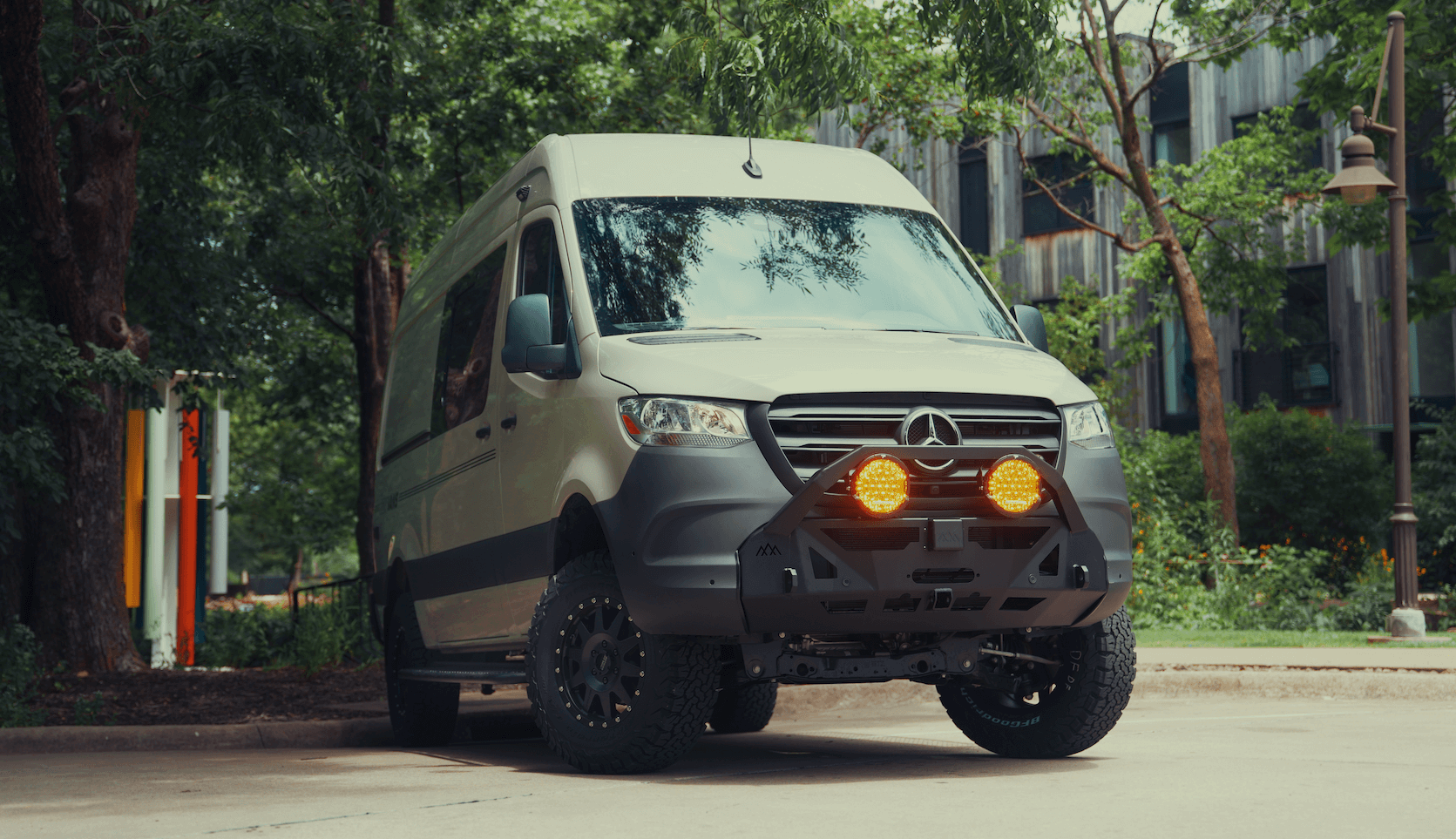Recreational Vans

A solar suitcase is a portable folding solar panel kit designed to recharge a 12 volt battery bank without permanent roof mounting. The kit usually includes two rigid or semi rigid panels hinged together, a carry case, kickstands for tilt, and cables with MC4 or similar connectors. Sunlight hits the cells, which produce DC power that flows through a charge controller to regulate voltage and current into your battery. Many kits include a controller, though higher end setups often pair panels with a separate MPPT controller for better harvest. Campers favor solar suitcases because they can park in the shade while placing panels in sun, then stow them when moving.
Most solar suitcases use monocrystalline cells known for higher efficiency and better performance in warm conditions compared to older polycrystalline cells. Typical suitcase wattage ranges from 60 to 220 watts, with premium options going higher. Real world output changes with sun angle, temperature, and shading, so plan for about 60 to 75 percent of rated wattage across the day. A tilt friendly stand helps you chase the sun, and a longer cable run allows ideal placement without moving the vehicle. Look at watts per pound if you hike panels away from camp.
Start by estimating daily energy use. Add up appliance draw in watts and multiply by hours of use to get watt hours per day. A compact 12 volt fridge might average 35 watts for 24 hours at mild temps, roughly 840 watt hours. Add lights, fans, device charging, and a safety margin. Divide total daily watt hours by average sun hours for your region to estimate panel size. In many parts of the US, four to five peak sun hours is a practical planning number for much of the year. A 200 watt suitcase in four hours can deliver about 480 to 600 watt hours after system losses, enough for modest loads or to top off a battery that was supported overnight by a battery monitor and low draw appliances.
Choose a charge controller that matches your battery chemistry and system. MPPT controllers convert excess panel voltage into charging current, improving harvest in cool temps, partial shade, and with long cable runs. PWM controllers are budget friendly but less efficient. Make sure the controller supports your battery type, including AGM or lithium iron phosphate, and set absorption and float correctly. Use proper fusing near the battery, choose cable gauge to limit voltage drop, and confirm polarity before connecting. Quick disconnects can make deployment faster and help prevent wear on connectors.
Route panel leads to the controller first, then connect the controller to the battery to allow auto detection of system voltage when required by the device. Keep cable runs short when possible, and size wire for a voltage drop target of under three percent. Add a weather resistant inline fuse at the battery positive. If you ever extend cable length to reach sunnier ground, step up wire gauge to maintain efficiency and reduce heating.
Portable panels live a hard life in the field. Dust, sap, and pollen reduce output, so wipe the glass with a soft cloth and a little water when cool to the touch. Avoid setting panels on hot pavement, which raises cell temperature and lowers efficiency. Stake the kickstands in gusty wind and angle low during storms to prevent a tip over. Never cover a panel face while connected, and disconnect if you need to move the kit while charging. Store the suitcase dry to protect junction boxes and hinges, and avoid pinching cables when folding.
Battery chemistry matters. Lithium iron phosphate batteries accept charge efficiently and maintain stable voltage through most of their capacity. They also prefer temperature aware charging and do not like charging below freezing. AGM batteries tolerate cold charging better but are heavier and offer less usable capacity. Match controller profiles to your battery and use a temperature sensor when available for more precise regulation. In cold mornings, let lithium warm before a full charge to protect cell health.
If your system includes a vehicle alternator and shore power charger, balance charge sources so the battery sees correct limits. Most quality controllers offer user profiles for AGM, gel, and lithium. Confirm absorption voltage, float voltage, and any equalization settings to align with the battery manufacturer. A good battery monitor helps you track state of charge so you can adjust panel tilt or load use during cloudy stretches.
OZK Customs installs complete mobile power systems for vans and overland rigs, and a solar suitcase can be part of a flexible plan that keeps travel simple. Our team designs quick connect ports near sliding doors or rear doors so you can deploy a suitcase in sun while the van rests in shade, and we tune controller settings to your specific battery. For high demand travel, we often pair portable kits with roof panels and alternator charging so you have redundancy and steady power through varied weather.
Tell us how you camp, what you power, and where you roam. We will craft a right sized solar plan that fits your build, your battery, and your future miles.
Ready to simplify off grid power with a professional installation and clean system layout? Tell us how you travel, and OZK Customs will design a solar solution that fits your battery, your gear, and your route. Fill out the form to start your custom build plan.
ADDRESS:
6159 E Huntsville Rd, Fayetteville, AR 72701
PHONE:
(479) 326-9200
EMAIL:
info@ozkvans.com